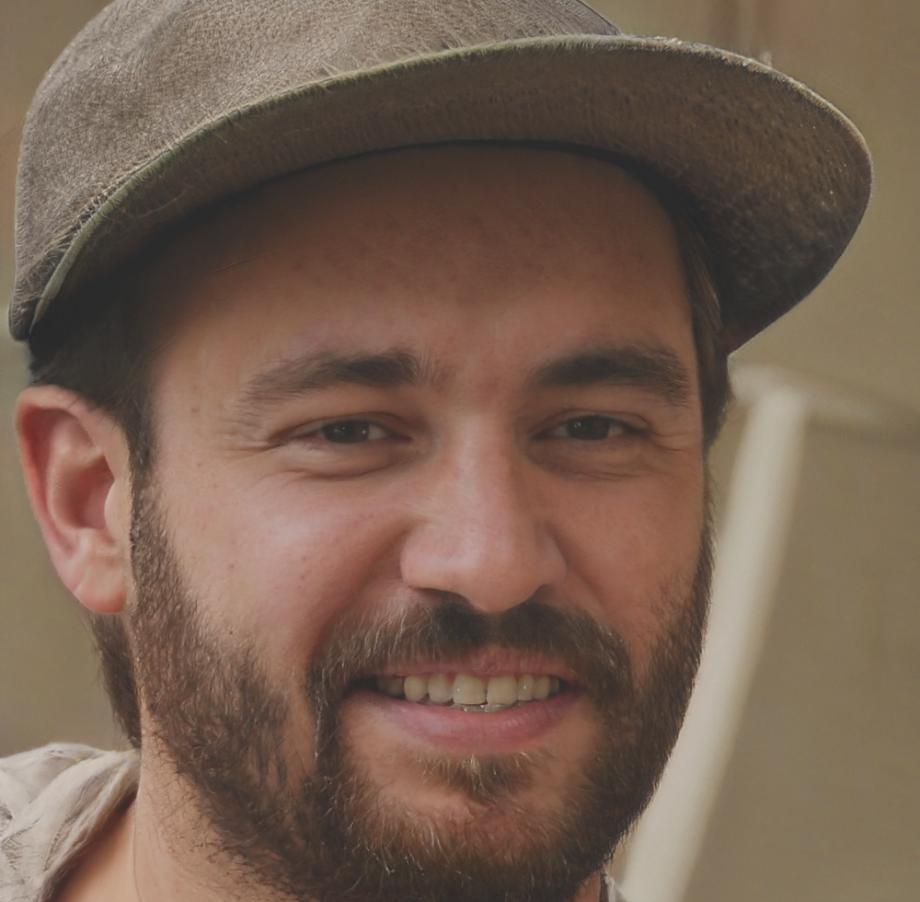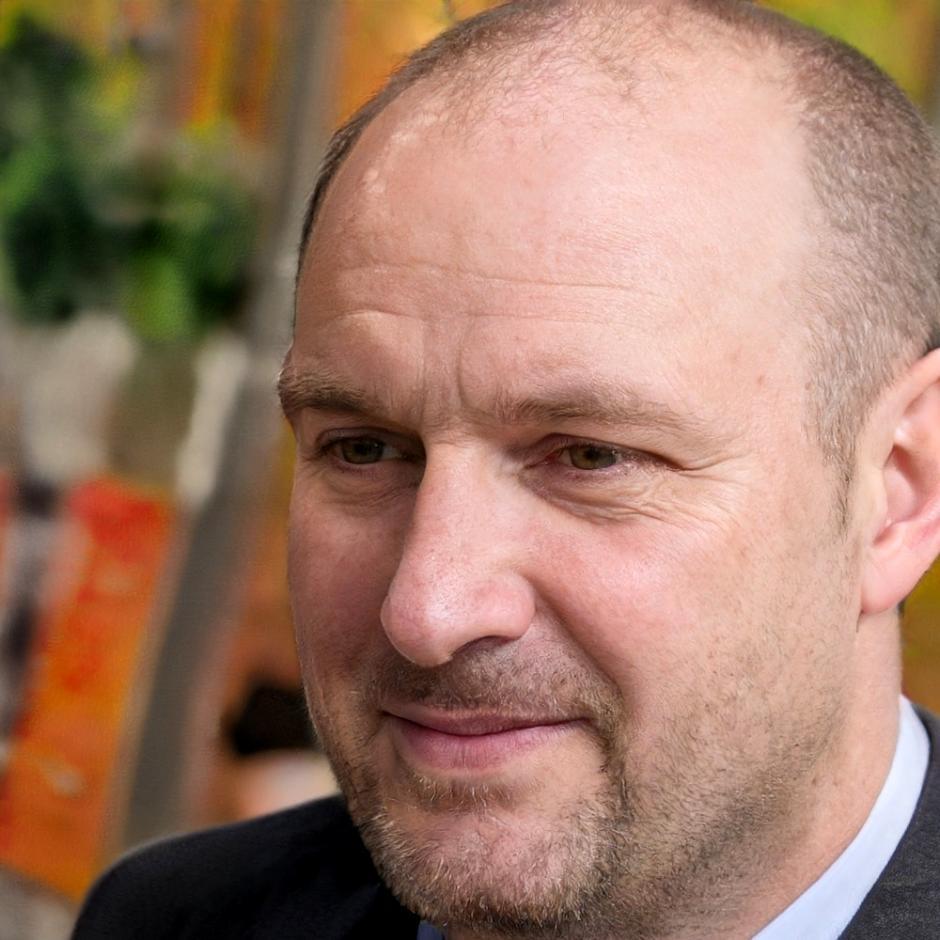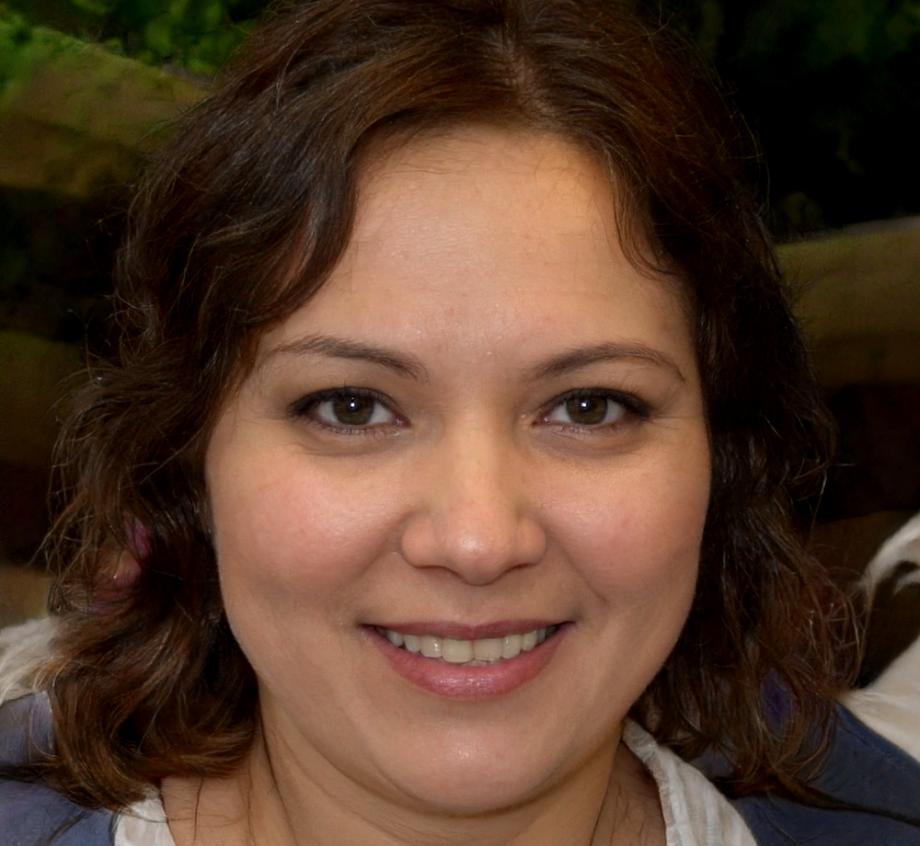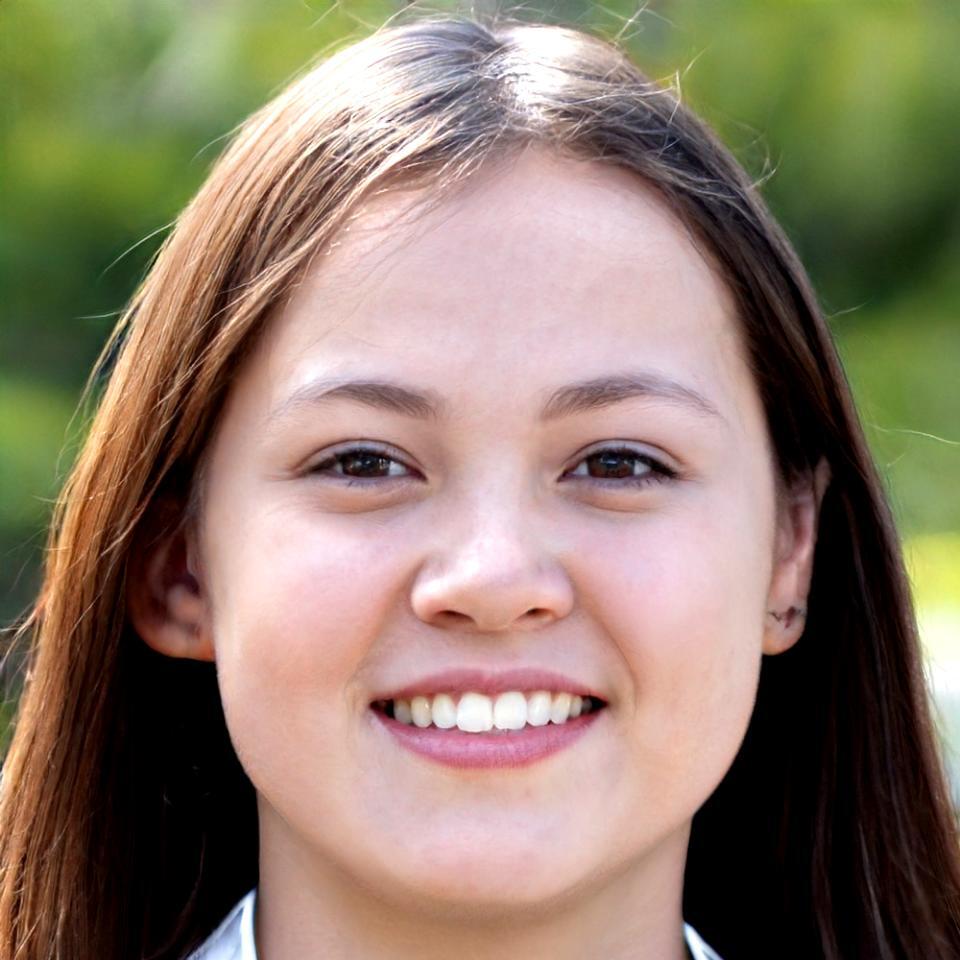Trading Education That Actually Works
Most trading courses teach theory. We teach what actually happens when real money is on the line. Our autumn 2025 cohort focuses on risk management strategies that professional traders use daily—not the simplified versions you find in textbooks.
Schedule a Consultation
What You'll Actually Learn
We're not going to pretend everyone who completes our program becomes a successful trader. That's not realistic. But we can show you the frameworks that separate consistent traders from those who blow up their accounts.
Our September 2025 program runs sixteen weeks. That's long enough to develop actual habits—not just collect knowledge you'll forget. We've seen too many students rush through material, only to freeze when market conditions shift.
Position Sizing
How to calculate appropriate risk based on account size and market volatility. This alone prevents most catastrophic losses.
Market Context
Reading underlying conditions rather than just price action. Understanding when strategies that worked yesterday won't work today.
Psychology Under Pressure
Managing decision-making when positions move against you. We use simulation exercises that actually create stress.
Strategy Adaptation
Modifying approaches as market regimes change. Most traders stick with one method too long.
Who's Teaching This
Our instructors have managed real capital under actual market stress. They've made mistakes—and more importantly, learned from them. No celebrity traders here, just people who show up every day.

Kasper Lindstrom
Risk Management LeadSpent twelve years at a Bangkok prop desk. Specializes in teaching position sizing and capital preservation during volatile periods.

Rowan Thackeray
Strategy DevelopmentFormer derivatives trader who now focuses on teaching systematic approach building. Known for breaking down complex concepts without dumbing them down.

Saoirse Halloran
Market AnalysisTeaches context reading and regime identification. Her background includes working through the 2020 volatility spike—real experience with unusual conditions.

Tamsin Drummond
Performance PsychologyWorks on decision-making under pressure. She combines behavioral finance research with practical exercises that simulate actual trading stress.
How This Actually Works
Small Group Format
Maximum twelve students per cohort. This isn't scalable, but it means instructors actually know who's struggling with what. You get real feedback, not generic responses.
Simulation Sessions
Weekly exercises using historical data where you don't know what comes next. This creates decision-making pressure similar to live trading. Most students find this more valuable than lectures.
Bangkok Meetups
Monthly in-person sessions at our Nonthaburi office for those in the area. Optional, but helpful for building the peer network that keeps people disciplined after the program ends.
Post-Program Access
Six months of continued session access after completion. Markets change—you'll want to discuss new conditions with instructors who know your trading history.
Trade Review Process
Weekly analysis of your practice trades. We look at process, not just results. A profitable trade can still indicate poor decision-making, and losing trades can be executed correctly.
Realistic Expectations
We're upfront about failure rates. Trading is difficult, and this program won't change that. What it can do is help you avoid the most common mistakes and develop a sustainable approach.